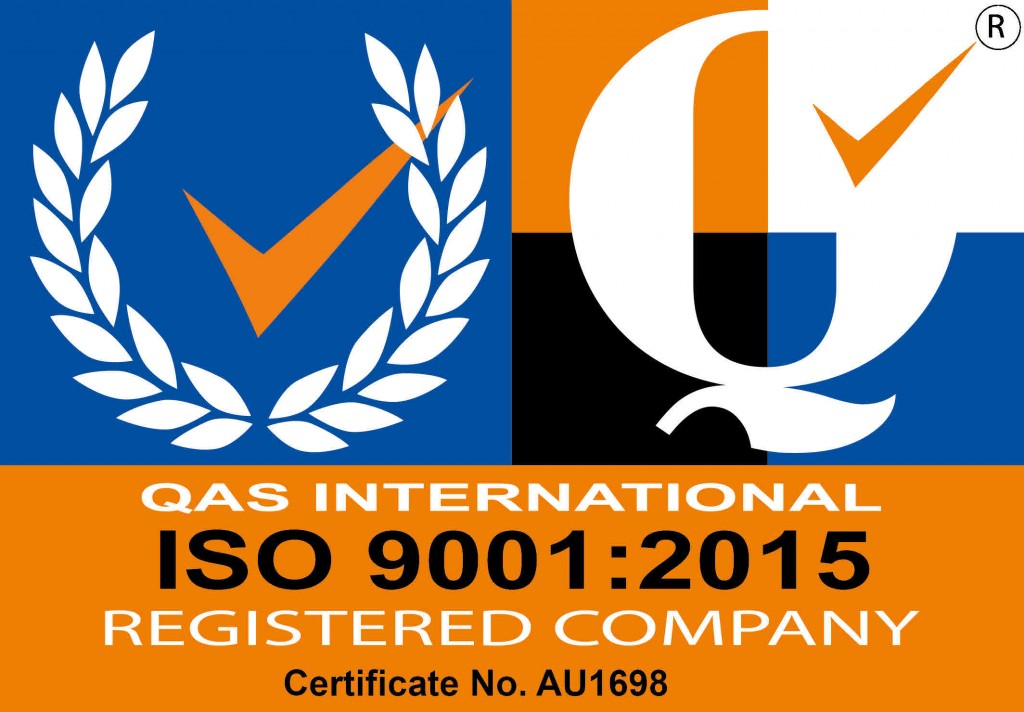FAQ
Thermal Spraying uses various technologies for the production of coatings. Generally this involves heating of the consumable which is propelled as molten particles onto suitably prepared surfaces, these molten particles freeze on impact creating a mechanical bond.
Thermal Spray has been used in every industry including Aerospace, Automotive, Biomedical, Agriculture, Space travel, Power Generation, Construction, Mining and so on to improve or repair the surface properties of a part by adding a layer(s) of material to achieve desired factors
- Durability
- Hardness
- Wear resistance
- Increase or decrease in friction
- Increase of corrosion protection
- Change electrical properties
- Replacing worn or damaged material
- The workpiece/part to be coated is only heated to around 80degrees C, so no distortion or heat affected zone (HAZ).
- Not dependant on size of the component
- Even geometrically complex components can be coated
- Un-machined thermal spray provides an excellent bond coat for painting.
Some Metal Spray processes have been in existence since the early 1900’s
Metalspraying offers the following advantages:
- Low pre-heat or no pre-heating required
- No heat treatment is necessary after coating
- Little heat is transferred to the substrate during coating
- No risk of thermal distortion
- Almost any substrate can be coated
- There is no dilution of the coating by the substrate material
- A wider range of coatings can be applied
- Better control over deposit thickness
- Machining allowances are reduced, thus saving material
- Machining times will also be reduced
Metalspraying offers the following advantages over painting
- Materials are of consistent quality and purity, no mixing required before application
- Materials have an infinite shelf life if stored correctly
- Fewer process steps required. This allows simpler quality control and fewer opportunities for error.
- Sprayed components require no protracted curing or drying times giving superior utilisation to floor space
- Sprayed Zinc, Aluminium and their Alloys give effective corrosion resistance and protection immediately
- Sprayed metals are more robust than paints and can withstand rougher usage
- Even if the sprayed layer is damaged the sacrificial action prevents corrosion.
- Metals can be sprayed in a wider range of climatic conditions (temperature and humidity) than paints
- The materials used since the early 1900’s have not changed they are still in existence today, whereas many paint systems have been superseded many times over.
Yes the Flame and Arc Spray processes can be operated on site as they are available in mobile forms. Standard Health & Safety procedures need to be applied after undertaking a site risk assessment as with any other process to be used on a site scenario.
Yes over the years the Metalspray Industry has developed International standards (ISO) as well as regional standards based upon the International ones. The standards cover such things as
- Technical supply conditions for wires, rods, cords and powders
- Approval testing procedures for Sprayers
- Acceptance Inspection of equipment
- Protective coating procedures
- Design of articles to be metalsprayed
- Quality requirements for sprayed structures and more
If an Anti corrosive coating such as Aluminium then the surface would need to be clean and dry and then Grit blasted.
If an Engineering coating is being applied then the component should be de-greased and pre -machined.
Generally speaking there is no limit; however from a practical point of view excessive coating thickness is unnecessary. In some cases the coating thickness maybe determined from standards that will give life expectancy until first maintenance in other cases it can be the requirement necessary to restore a part to its original condition.
The process of “TSA” is actually a Thermal Spray process which involves the melting of a wire (Aluminium in this case, but Zinc wire can be used) and projecting it by compressed air onto the work piece to provide a coating that can be tailored to suit the environment into which the component will be located.
- Low heat input during spraying eliminates the risk of component distortion
- There is no limit to the size of component to be treated
- Components can be treated on site and therefore no transport or waiting issues and giving you the opportunity to Up Sell to your customer.
- Thermal spray is used to restore corrosion protection on damaged areas
- Coating thickness can be varied from area to area to provide extra protection in critical areas
- No re-work required from Galvanising dross
- The Thermal Spray coating is porous and therefore the perfect surface to accept paint (that’s if required as it is not necessary). No need to pre –etch etc.
- “AS/NZS 2312 Guide to the protection of iron and steel against exterior atmospheric corrosion” is the Australian Standard based on the International ISO standard that provides guidance for architects , engineers, builders the surface coating industry and users of protective services in general, on coating system for the protection of iron and steel against exterior atmospheric corrosion.


